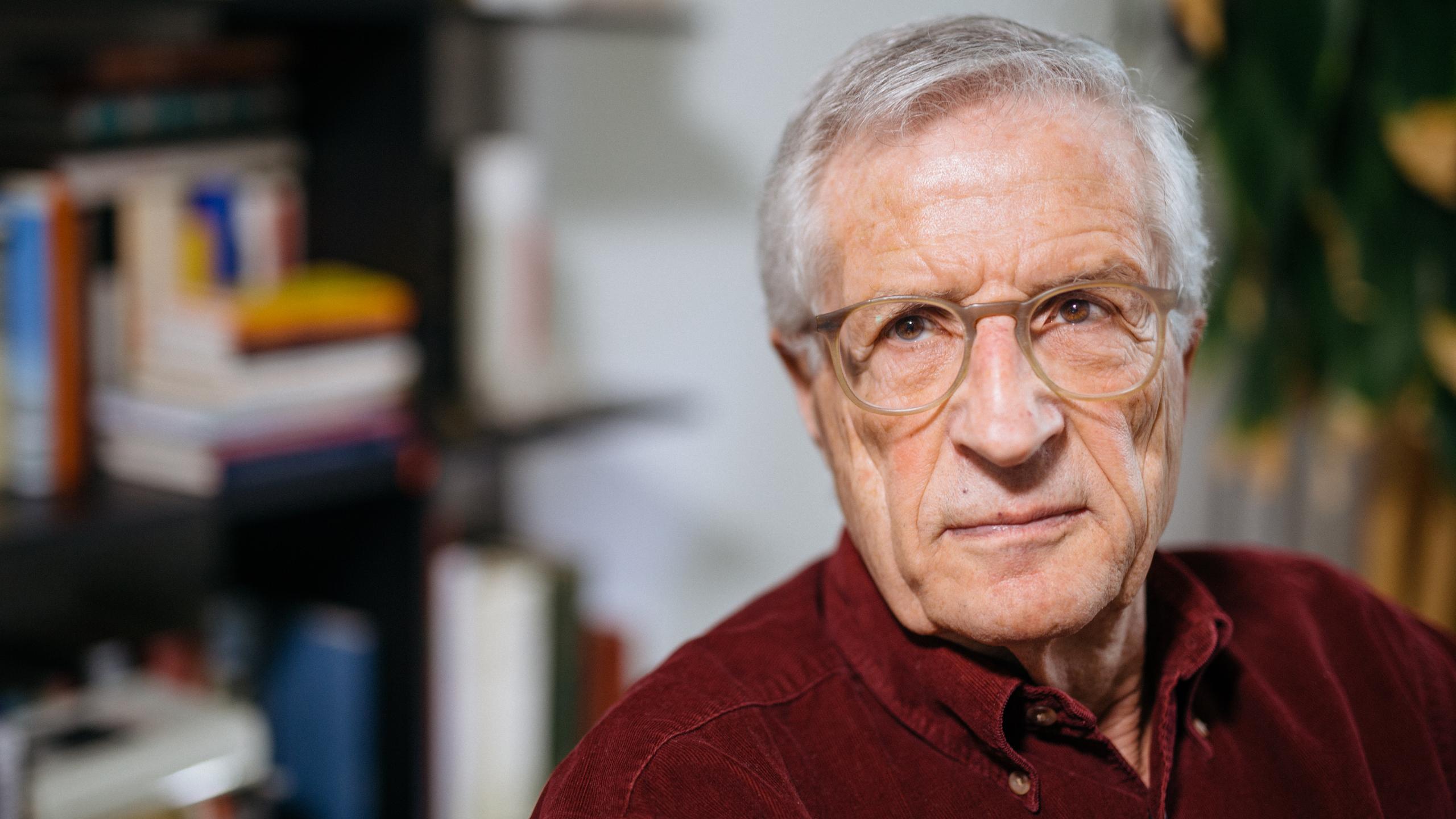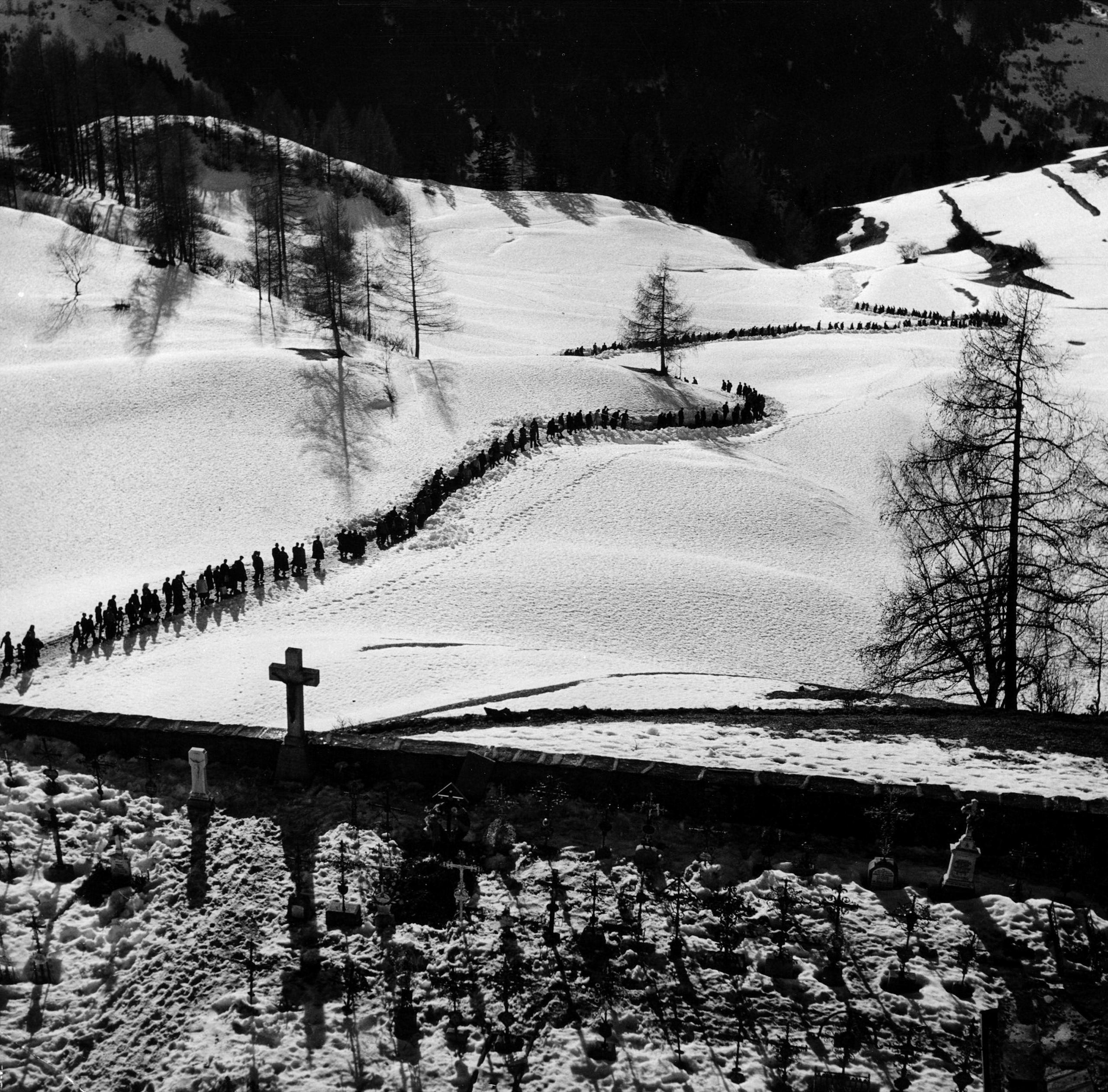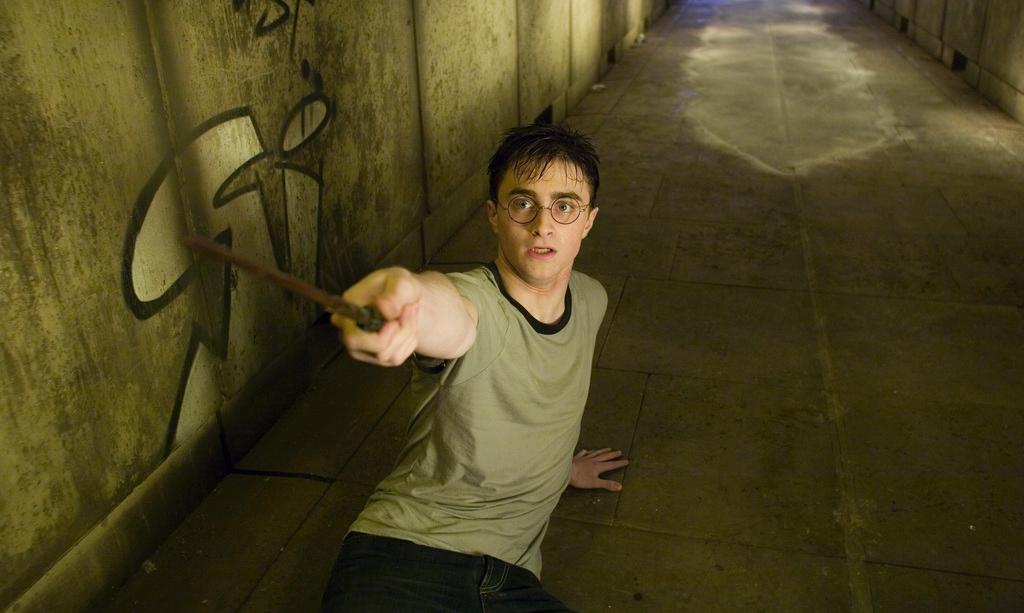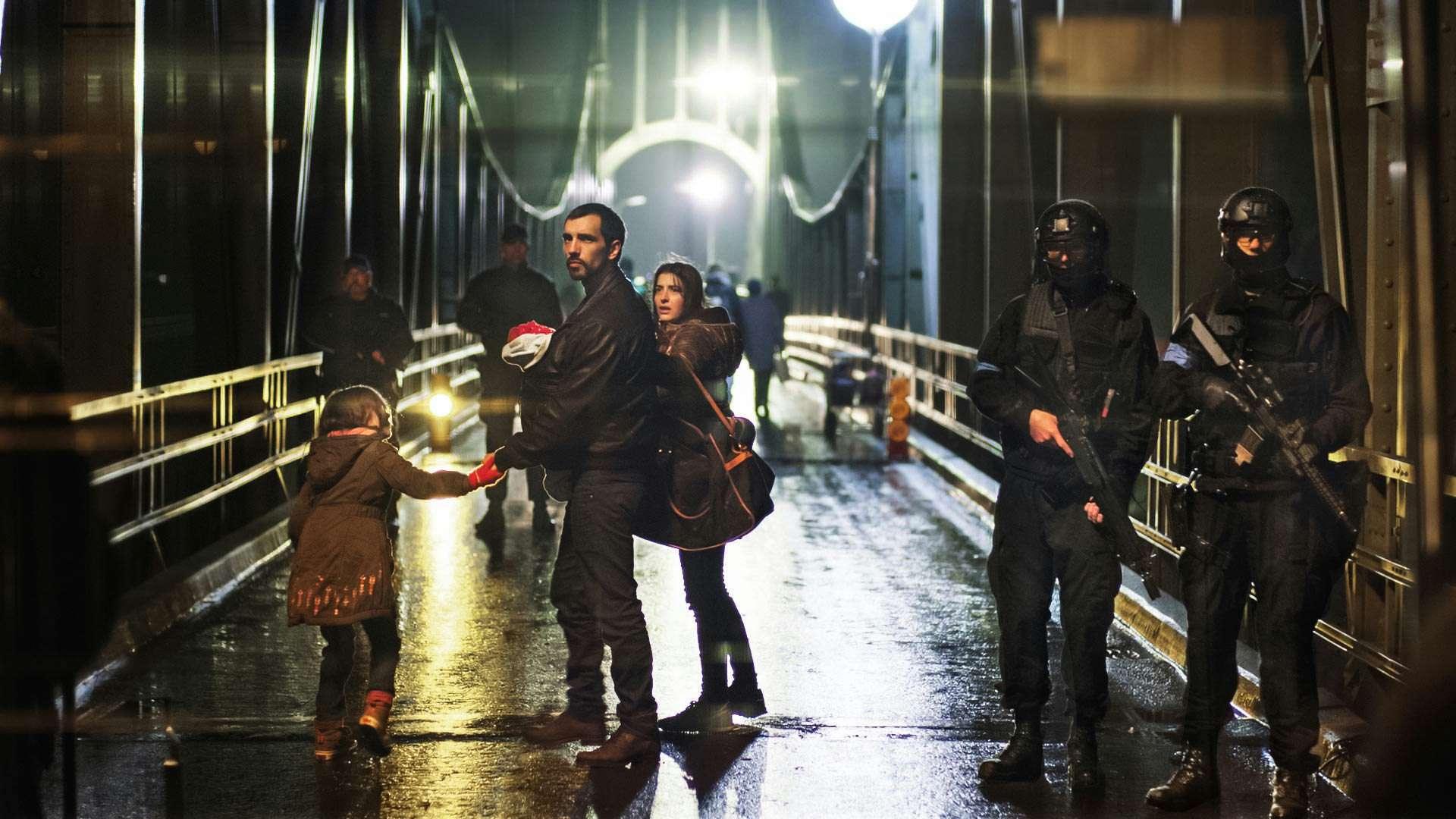Heidi: the greatest Swiss film hit ever?
With audiences of half a million in Switzerland and 2.4 million worldwide, Alain Gsponer’s remake of Heidi has been hailed as the most successful film in the history of Swiss cinema. This claim is hard to verify, due to the lack of long-term statistics. Anyway, what makes a Swiss film?
In a country where cinema is largely subsidised by the government, one would expect there would be detailed statistics on the success of any given film at the box office, its appearance at festivals and the number of prizes it received. That is not the case.
There aren’t many figures available and they basically concern the domestic market. As far as international success is concerned, not even Swiss Films, the agency that promotes Swiss cinema, was able to provide complete data. So it cannot be said for certain that Heidi is the most watched Swiss film of all time, although the figure of 2.4 million viewers is certainly impressive.
At the national level, the most informative source is the Federal Statistical Office, which has compiled a list of the 500 most successful Swiss filmExternal links from 1976 to the present.
The verdict of this list is clear: in the past 40 years, the most popular film was the satirical comedy The Swissmakers (1978) with about a million viewers. Ironically, the government of the day declined to subsidise the film, which humorously depicted the tortuous procedures for naturalisation in Switzerland and questioned matters of national identity.

More
The box office hit that is still relevant four decades on
The success of this film does not surprise Frédéric Maire, who heads Cinémathèque Suisse, the national film archive. “The theme of foreigners and nationality was the focus of political debate at the time. And the main actor, Emil Steinberger, was a star. He was one of the few Swiss-German actors to break through the language barrier.”
Now, what about the new Heidi? With more than 500,000 tickets sold, a film by Alain Gsponer would come fifth in this ranking. Note the “would”. It is hard to determine the nationality of a particular film – the federal statisticians list only films that are 100% Swiss or else mainly Swiss co-productions. This criterion is also used for film statistics throughout Europe. Although it was directed by a Swiss director, Heidi is a majority German co-production. So it doesn’t qualify for the list.
It should be emphasised that the Federal Office of Culture uses less restrictive criteria and considers Heidi a Swiss film. The making of the film was partly supported by the Swiss government and it is nominated for a Swiss film award.
Hits of the 1940s and 1950s
While government statistics cover the past 40 years, the origins of Swiss cinema go back far beyond 1976.
Trying to get a more complete picture, swissinfo.ch consulted a history book by Hervé Dumont*, former head of Cinémathèque Suisse. It turns out that some films of the post-war years were even more successful than The Swissmakers, both at home and abroad.
One of these was Marie-Louise (1944), which was seen by more than a million people in Switzerland alone. At the time, Swiss cultural productions were heavily influenced by the government’s home-front propaganda campaign to bolster supposedly “Swiss” values in opposition to dictatorships abroad.
The film by Leopold Lindtberg fits in with this trend. He creates an idyllic picture of Switzerland through the eyes of a young French refugee. Acclaimed by the New York critics, Marie-Louise was the first European film to appear on American screens following the end of the war, and the first foreign film to win an Oscar for best screenplay.
A year later, Lindtberg returned to the theme of refugees and created another major success for Swiss cinema, Last Hope. The film came out only 18 days after the German surrender and became a worldwide success. In Switzerland it was seen by over a million people, and the New York Times counted it among its top ten films of 1946.

Another high-profile director at the time, Franz Schnyder, drew 1.6 million viewers with his peasant drama Uli der Knecht (1954) – and this was at a time when Switzerland had only five million inhabitants! The same year saw the release of Heidi and Peter, also by Schnyder. It was the first Swiss colour film, and it enjoyed international success thanks to a major advertising campaign in New York.
*Information in this article comes from the book “Histoire du cinéma suisse – Films de fiction 1896-1965”, by Hervé Dumont, 1987.
You can contact the authors of this article on twitter: Duc-Quang NguyenExternal link and Stefania SummermatterExternal link.
Swiss Film Awards
On March 18 the winners of the “Swiss Oscars” were announced. Below are some of the nominations; the winners are in bold:
Best film (each nominee receives CHF25,000)
Amateur Teens (Niklaus Hilber)
Heimatland (Jan Gassmann, Jonas Meier, Benny Jaberg, Tobias Nölle, Lionel Rupp, Lisa Blatter, Gregor Frei, Michael Krummenacher, Carmen Jaquier, Mike Scheiwiller)
Köpek (Esen Isik)
La Vanité (Lionel Baier)
Nichts Passiert (Micha Lewinsky)
Best documentary
Above and Below (Nicolas Steiner)
Als Die Sonne Vom Himmel Fiel (Aya Domenig)
Dirty Gold War (Daniel Schweizer)
Grozny Blues (Nicola Bellucci)
Imagine Waking Up Tomorrow And All Music Has Disappeared (Stefan Schwietert)
Heidi was nominated only in the category “best actor”, with Bruno Ganz (the prize went to Patrick Lapp for La Vanité). This decision was criticised by several industry figures and film critics.
Translated from Italian by Terence MacNamee

In compliance with the JTI standards
More: SWI swissinfo.ch certified by the Journalism Trust Initiative













You can find an overview of ongoing debates with our journalists here . Please join us!
If you want to start a conversation about a topic raised in this article or want to report factual errors, email us at english@swissinfo.ch.